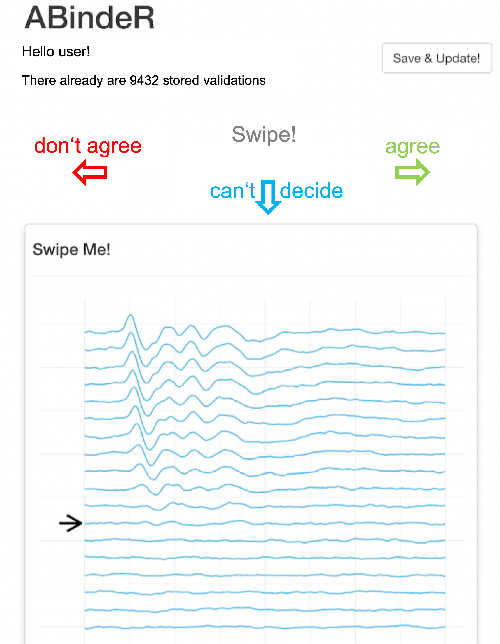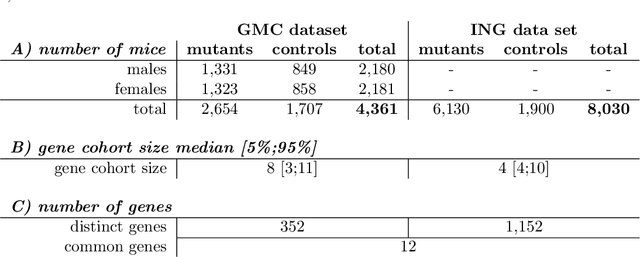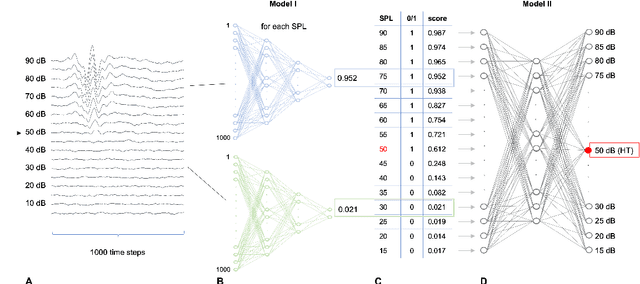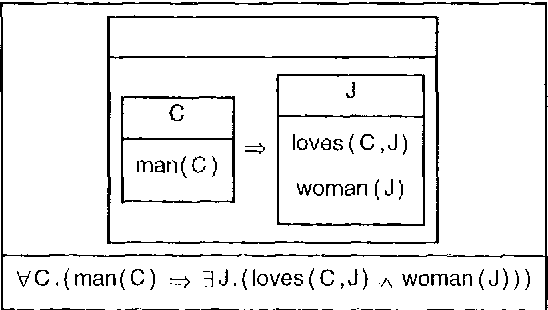Holger Maier
University of the Saarland
Objective hearing threshold identification from auditory brainstem response measurements using supervised and self-supervised approaches
Dec 16, 2021



Abstract:Hearing loss is a major health problem and psychological burden in humans. Mouse models offer a possibility to elucidate genes involved in the underlying developmental and pathophysiological mechanisms of hearing impairment. To this end, large-scale mouse phenotyping programs include auditory phenotyping of single-gene knockout mouse lines. Using the auditory brainstem response (ABR) procedure, the German Mouse Clinic and similar facilities worldwide have produced large, uniform data sets of averaged ABR raw data of mutant and wildtype mice. In the course of standard ABR analysis, hearing thresholds are assessed visually by trained staff from series of signal curves of increasing sound pressure level. This is time-consuming and prone to be biased by the reader as well as the graphical display quality and scale. In an attempt to reduce workload and improve quality and reproducibility, we developed and compared two methods for automated hearing threshold identification from averaged ABR raw data: a supervised approach involving two combined neural networks trained on human-generated labels and a self-supervised approach, which exploits the signal power spectrum and combines random forest sound level estimation with a piece-wise curve fitting algorithm for threshold finding. We show that both models work well, outperform human threshold detection, and are suitable for fast, reliable, and unbiased hearing threshold detection and quality control. In a high-throughput mouse phenotyping environment, both methods perform well as part of an automated end-to-end screening pipeline to detect candidate genes for hearing involvement. Code for both models as well as data used for this work are freely available.
CLEARS - An Education and Research Tool for Computational Semantics
Aug 13, 1996


Abstract:The CLEARS (Computational Linguistics Education and Research for Semantics) tool provides a graphical interface allowing interactive construction of semantic representations in a variety of different formalisms, and using several construction methods. CLEARS was developed as part of the FraCaS project which was designed to encourage convergence between different semantic formalisms, such as Montague-Grammar, DRT, and Situation Semantics. The CLEARS system is freely available on the WWW from http://coli.uni-sb.de/~clears/clears.html
 Add to Chrome
Add to Chrome Add to Firefox
Add to Firefox Add to Edge
Add to Edge